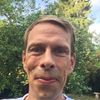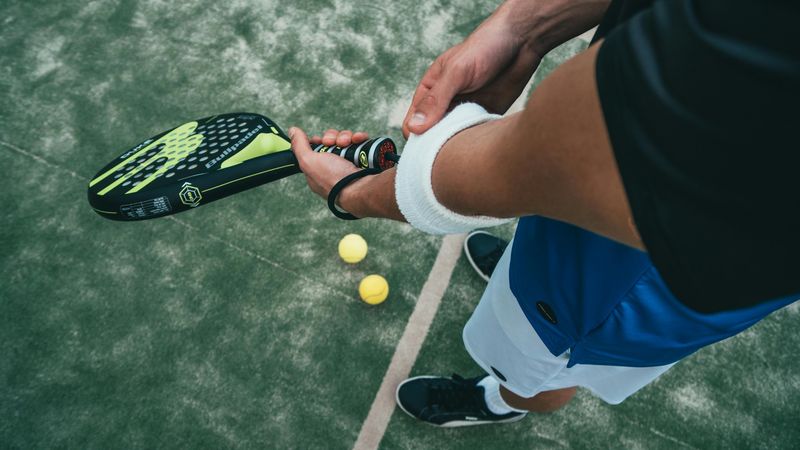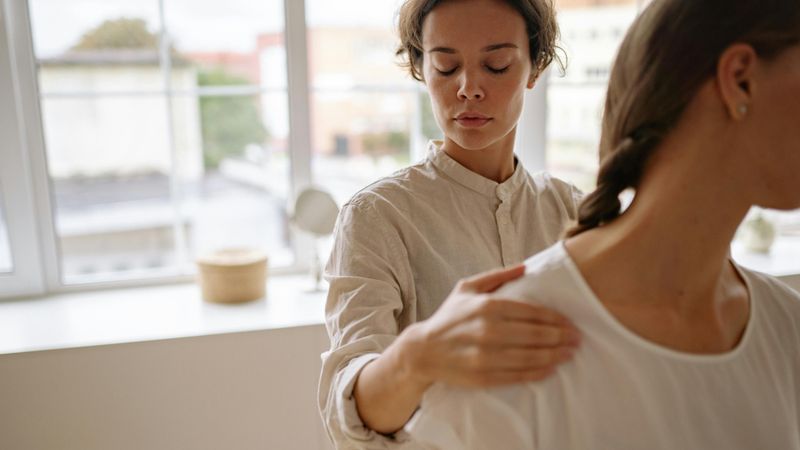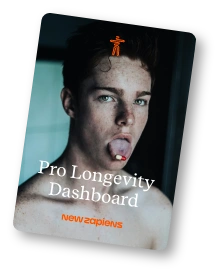How helpfull are intermittent pneumatic compression devices as the Normatec Recovery System?
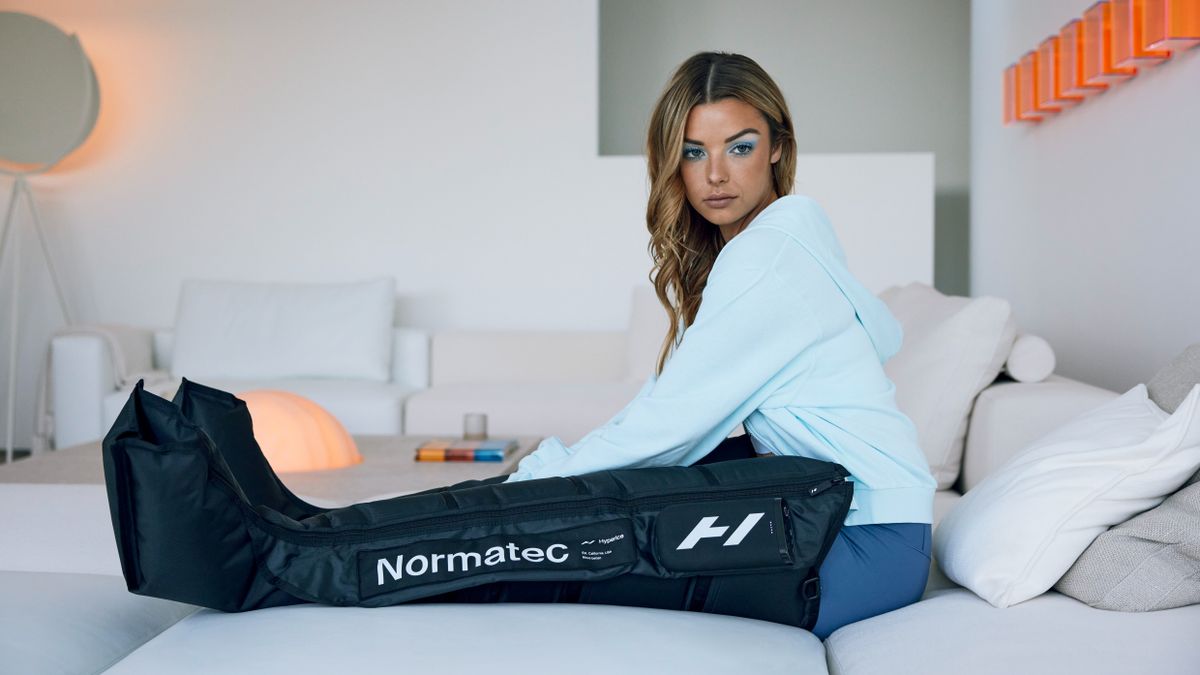
Intermittent pneumatic compression (IPC) devices, exemplified by the Normatec systems such as Normatec Elite, Normatec 3 Legs or the Normatec 3 Full Body, have garnered significant attention within athletic and rehabilitation communities. These devices employ sequential, controlled pressure applied to the limbs, aiming to augment physiological processes crucial for recovery. The purported benefits include enhanced blood flow, lymphatic drainage, and mitigation of exercise-induced muscle damage (EIMD).
Physiological mechanisms and theoretical benefits
The rationale behind IPC's efficacy lies in its ability to simulate the natural muscle pump action. By applying cyclical pressure, these devices potentially facilitate the removal of metabolic waste products, such as lactate, which accumulate post-exercise. This, in turn, may attenuate delayed-onset muscle soreness (DOMS) and promote tissue repair. Furthermore, IPC may influence inflammatory responses, a key factor in muscle recovery.
Evidence-based efficacy: a critical appraisal
While the theoretical underpinnings of IPC are plausible, the empirical evidence supporting its clinical effectiveness in healthy athletic populations presents a nuanced picture. An increasing number of studies demonstrates positive effects on recovery parameters, such as reduced muscle soreness and improved blood flow.
For example, a study published in ‘PLOS one’ has shown that IPC improves the flexibility and reduces oxidative stress and proteolysis markers in the muscles during recovery from heavy resistance exercises. Another study demonstrated an increasing total hemoglobin concentration and advantages in the management of muscle soreness related to physical activity. Last but not least positive effects on the endothelial function and the blood
flow have also been proven and there are clear indications that IPC cann have positive effects on gene and protein expression, that are associated with functional improvements.
All in all, it seems that IPC devices can significantly improve regeneration, especially for top athletes but also for normal sportspeople. However, some investigations have yielded less conclusive results, with some failing to demonstrate statistically significant differences compared to traditional recovery modalities like massage. This discrepancy highlights the need for further research to elucidate the specific contexts in which IPC may provide tangible benefits. But let's get clear, even IPC devices only work as well as massages, this remains a significant positive effect.
Psychological impact and subjective perceptions
Beyond the physiological effects, the psychological impact of IPC warrants consideration. Many users report a heightened sense of well-being and increased confidence in their recovery protocols when utilizing these devices. This subjective perception, while not directly quantifiable, may nonetheless contribute to an athlete's overall recovery experience and subsequent performance.
Clinical applications and versatility
IPC devices are not exclusively utilized by athletes. Their applications extend to various clinical settings, including physical therapy and rehabilitation programs. The potential for improved circulation and reduced edema makes them valuable tools in managing certain medical conditions. However, it is crucial to acknowledge that IPC is not a panacea, and its use should be guided by healthcare professionals, particularly for individuals with pre-existing medical conditions.
Possible risks and contraindications
Some conditions may preclude the use of IPC devices, for example:
- Active infections: Using IPC devices over areas with active infections may exacerbate the condition.
- Severe edema: Individuals with significant swelling should avoid IPC devices, as they could worsen the situation.
- Certain cardiovascular conditions: Users with severe arterial disease, heart conditions, or other related ailments should refrain from using these devices without medical supervision. Acute deep vein thrombosis (DVT) or thrombophlebitis.
Methodological considerations and future directions
The existing body of research on IPC is not without limitations. Variations in study design, intervention protocols (e.g., pressure levels, duration), and outcome measures make it challenging to synthesize the evidence and draw definitive conclusions. Future research should prioritize standardized methodologies, larger sample sizes, and the inclusion of diverse athletic populations to provide a more comprehensive understanding of IPC's efficacy.
Conclusion
Intermittent pneumatic compression such as Normatec Elite, the Normatec 3 Legs, Normatec 3 Lower Body or the Normatec 3 Full Body hold promise as a recovery modality for athletes and individuals seeking enhanced well-being. Also, the theoretical benefits are well-articulated and a growing empirical evidence supports the widespread use, further research is warranted to delineate the specific contexts and parameters under which IPC can achieve the optimum result.
References
Author: Fabian Peters
Nature lover, health enthusiast, managing director and editorial director of the health portal Heilpraxinet.de
